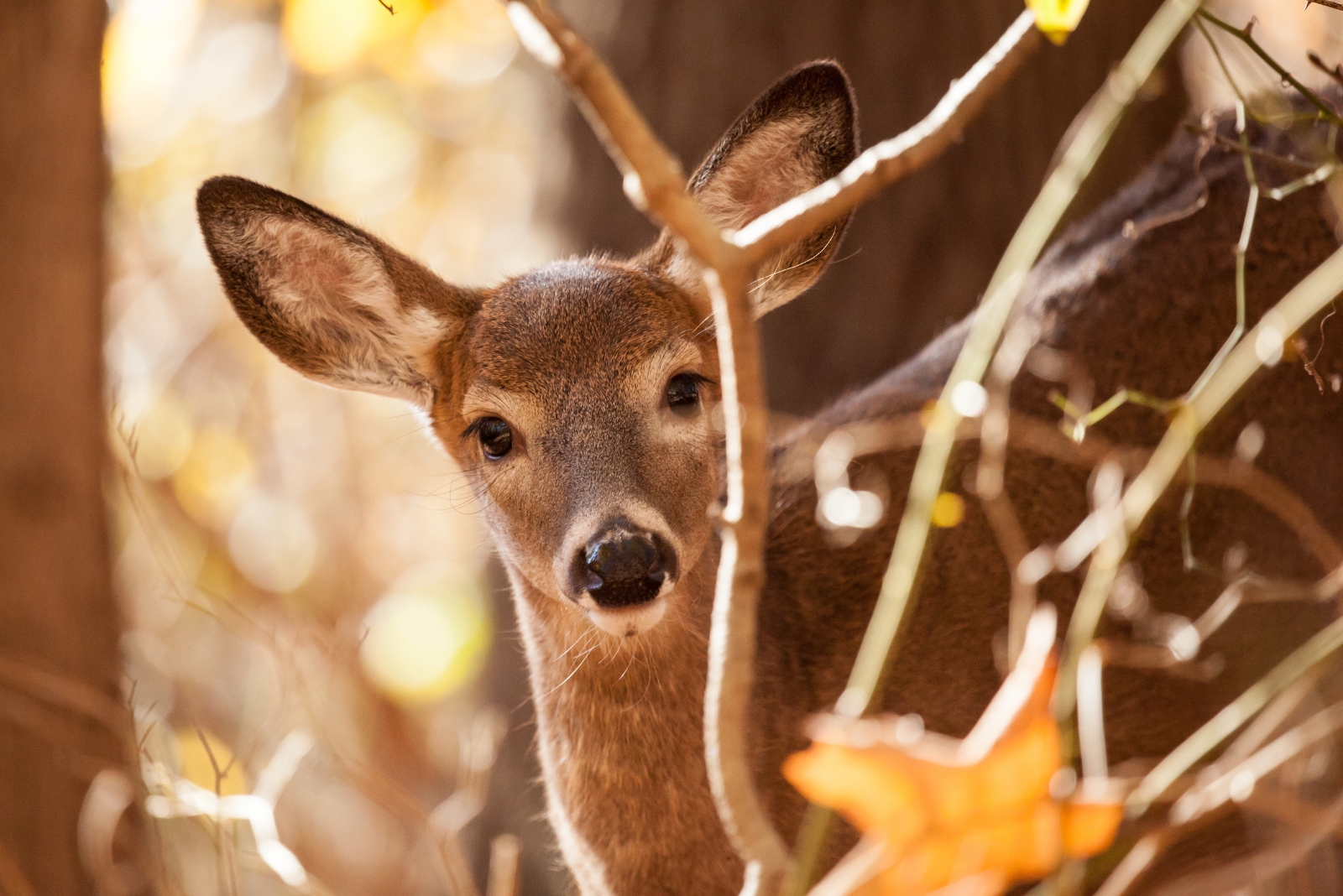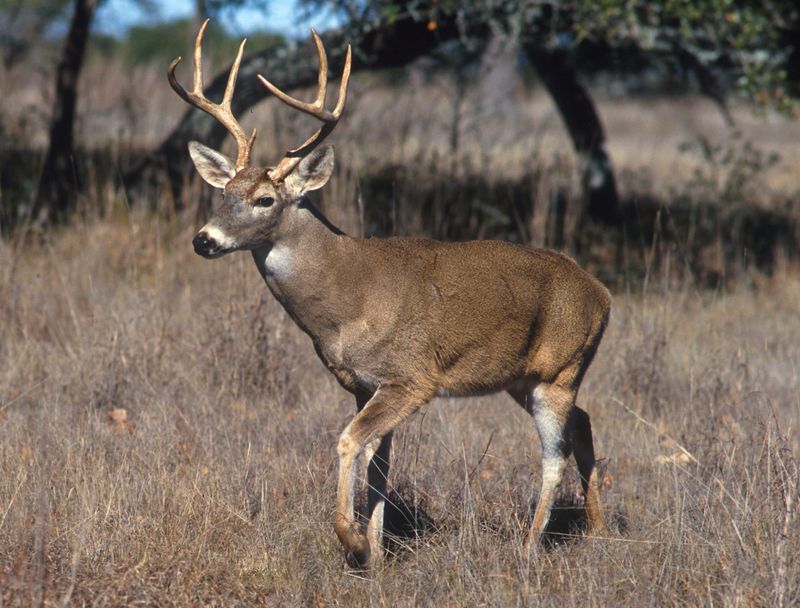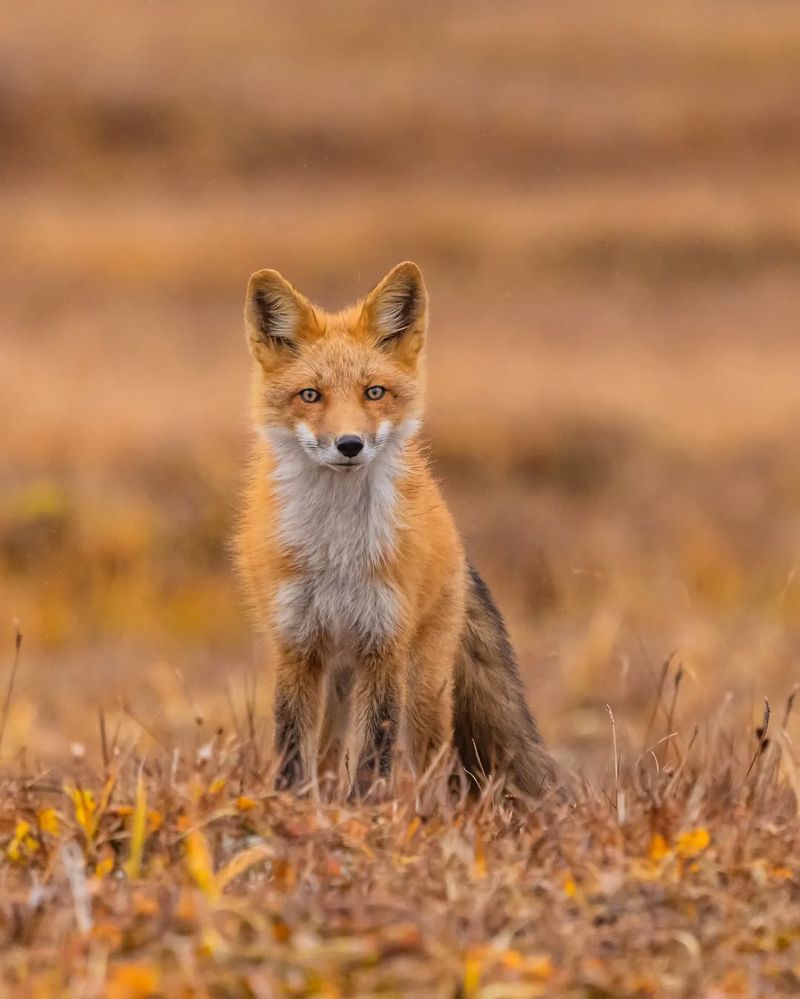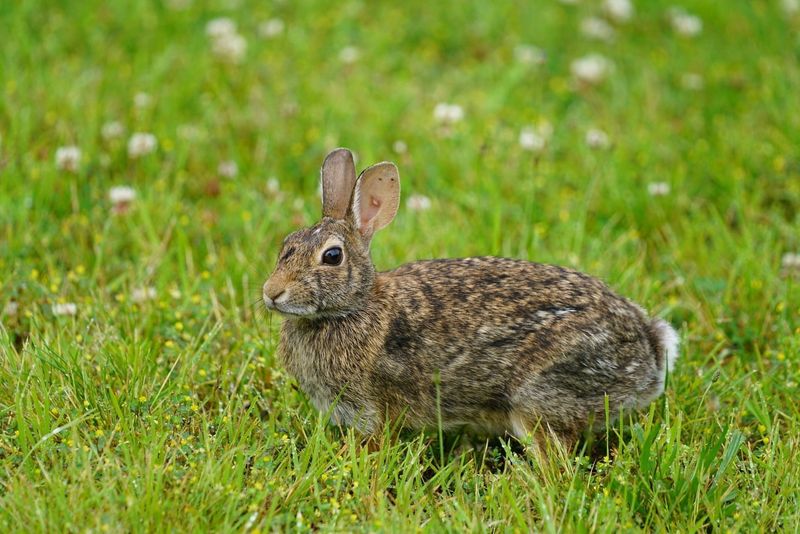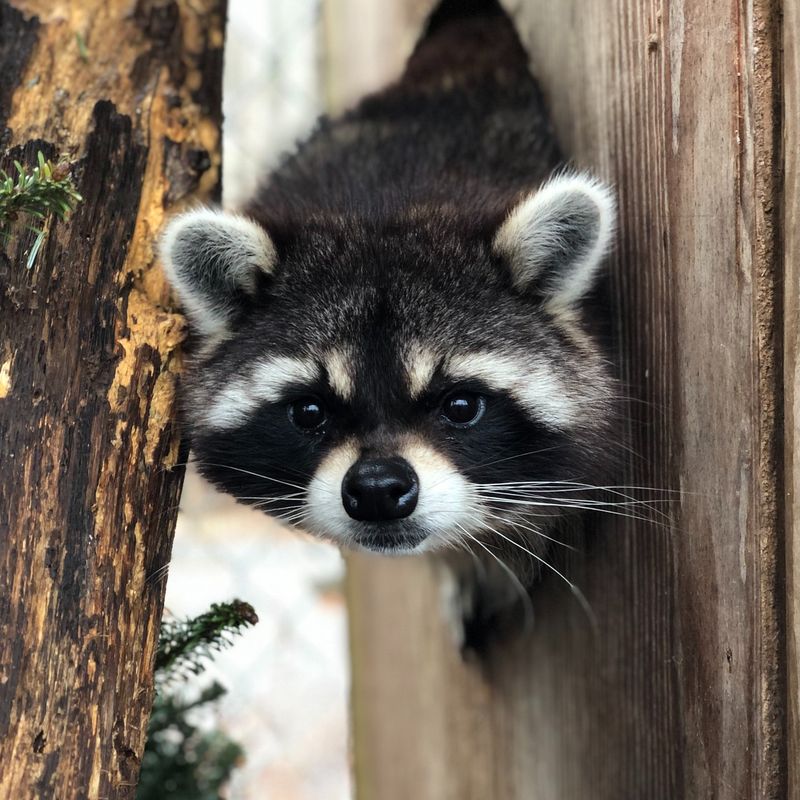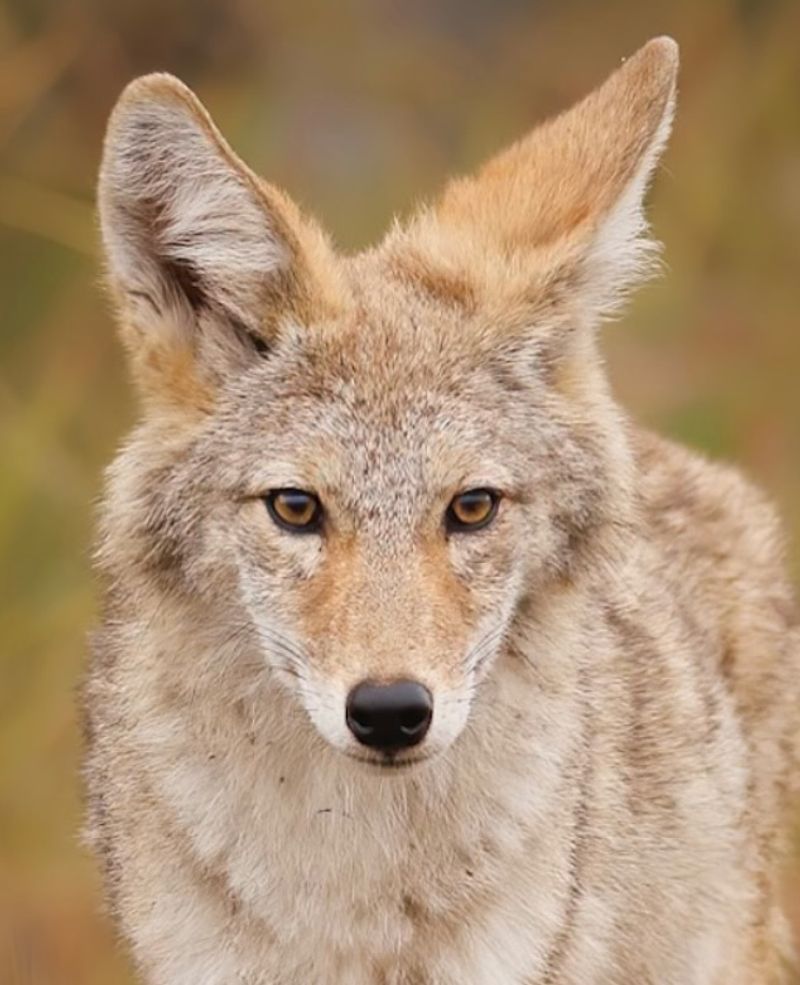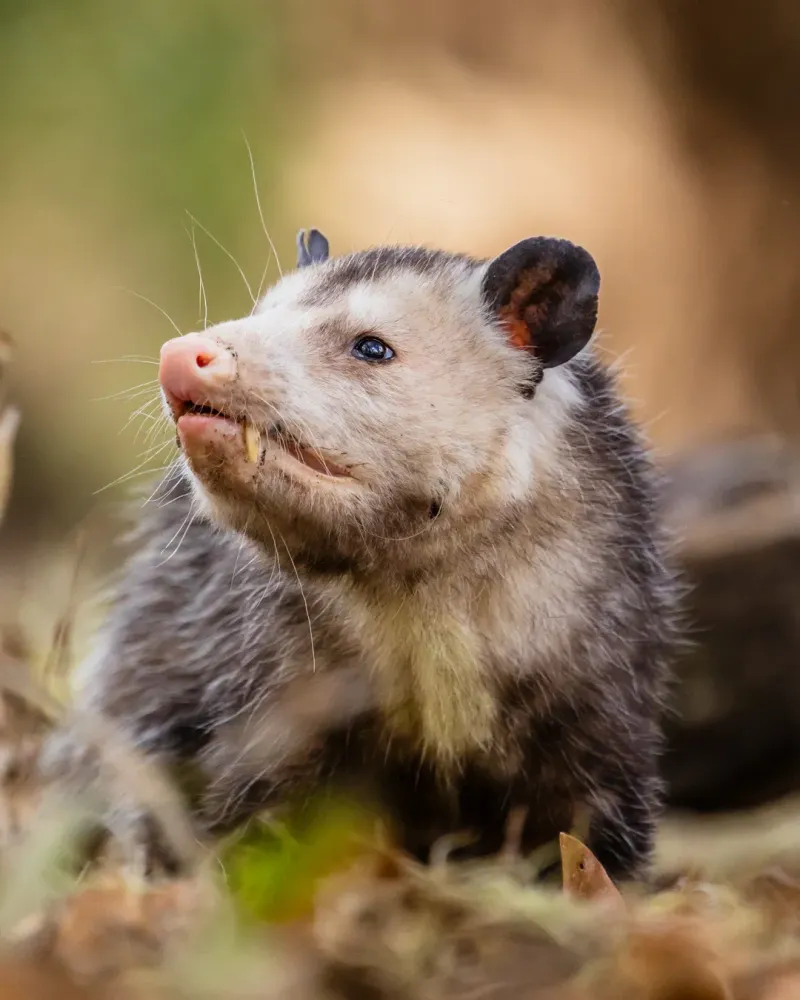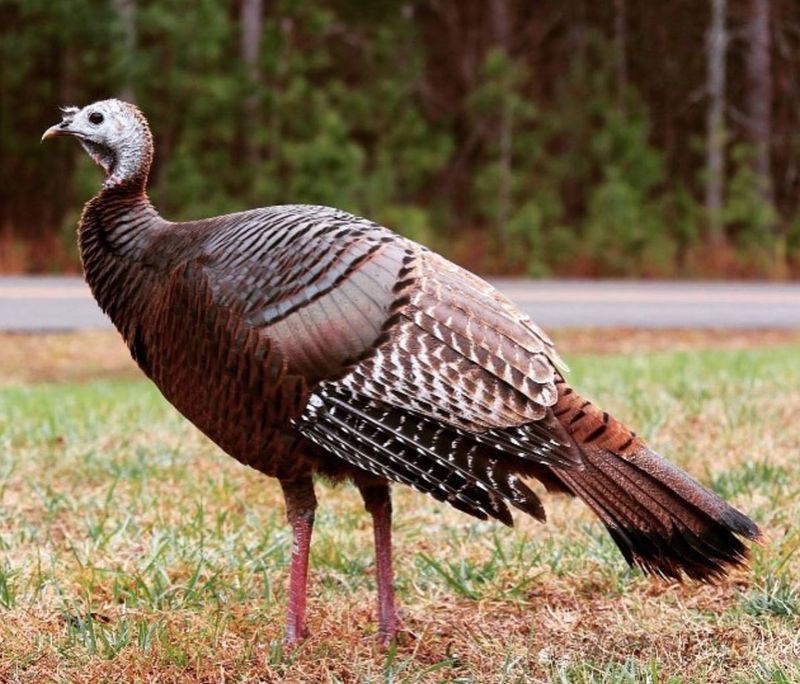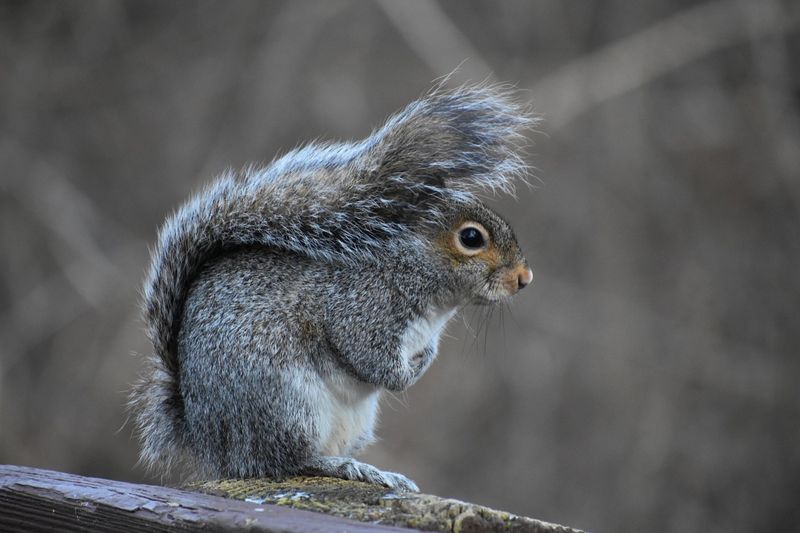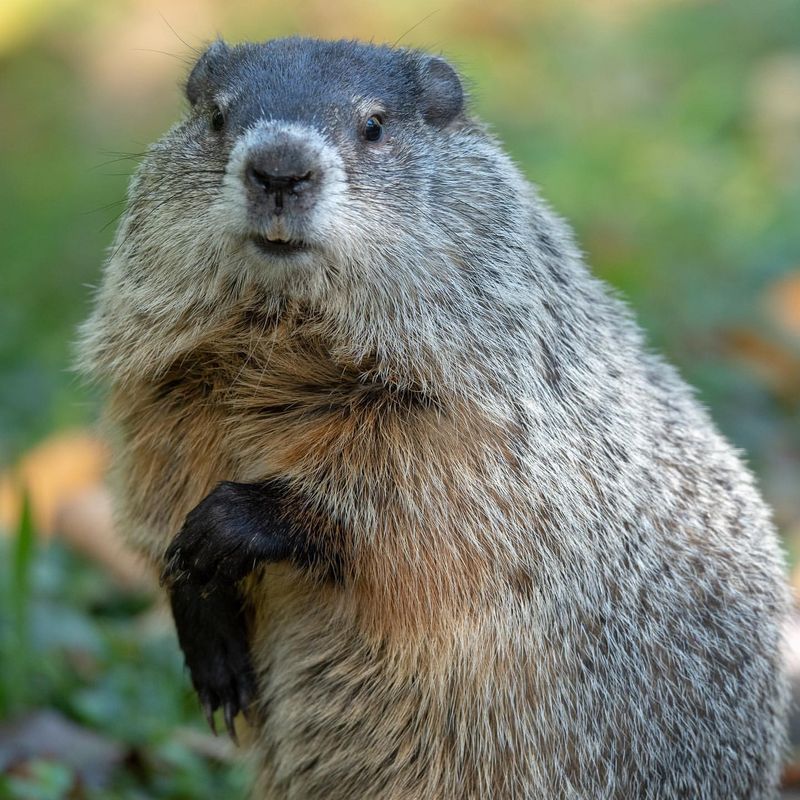Michigan neighborhoods are becoming home to more wildlife than you might expect. From city parks to suburban backyards, wild animals have learned to adapt and thrive alongside people.
You might be surprised to discover which creatures are making themselves comfortable in your own outdoor spaces.
1. White-Tailed Deer
Spotting a deer munching on your garden plants has become surprisingly common in Michigan suburbs. White-tailed deer populations have exploded in urban areas where natural predators are scarce and food is abundant.
Your flower beds and vegetable gardens provide perfect dining spots for these adaptable animals. They often visit backyards at dawn and dusk when neighborhoods are quieter.
Installing motion-activated sprinklers or fencing can help protect your plants from hungry visitors.
2. Red Fox
With their bushy tails and striking orange coats, red foxes have mastered city living across Michigan. Urban environments offer them plenty of hiding spots under decks and sheds, plus easy meals from compost bins and rodent populations.
Foxes are mostly nocturnal, so you might only notice their tracks or hear their distinctive barking calls at night. They rarely pose danger to humans but may hunt small pets left outdoors.
Keep garbage secured and avoid leaving pet food outside.
3. Eastern Cottontail Rabbit
Those adorable fluffy bunnies hopping through your yard are eastern cottontail rabbits, and they absolutely love suburban life. Manicured lawns provide tender grass shoots, while garden beds offer delicious vegetables and flowers to nibble.
Rabbits breed rapidly, so one or two can quickly become a dozen. They create shallow nests in tall grass or under bushes to raise their young.
Wire mesh around garden bases keeps them from devastating your prized plants.
4. Raccoon
Ever heard mysterious banging sounds near your garbage cans at night? Raccoons are probably the culprits behind those midnight disturbances. Their clever paws can open latches, flip lids, and solve puzzles that would stump many animals.
These masked bandits thrive in cities because human neighborhoods provide endless food sources and cozy den sites in attics or chimneys. Despite their cute appearance, raccoons can carry diseases like rabies.
Never approach or feed them directly.
5. Coyote
Coyotes have boldly expanded into Michigan cities, hunting rabbits and rodents that flourish in urban landscapes. These adaptable predators look similar to medium-sized dogs but have pointier faces and bushier tails.
Most coyotes avoid humans, but they become bolder when people leave pet food outside or fail to secure trash properly. Small pets like cats and tiny dogs can attract their attention as potential prey.
Keep pets supervised and bring them indoors at night for safety.
6. Opossum
North America’s only marsupial has quietly made itself at home in Michigan neighborhoods. Opossums might look strange with their pink noses and rat-like tails, but they perform valuable pest control by eating ticks, insects, and even venomous snakes.
When threatened, opossums famously play dead, lying motionless with their mouths open. They move slowly and prefer avoiding conflict whenever possible.
These gentle scavengers actually benefit your yard more than harm it.
7. Wild Turkey
Imagine looking out your window and seeing a flock of large birds strutting across your lawn like they own the place. Wild turkeys have made remarkable comebacks in Michigan, and they’re not shy about exploring residential areas for food.
Male turkeys, called toms, can weigh over twenty pounds and display impressive tail feathers during spring mating season. They scratch through mulch beds searching for seeds, insects, and acorns.
Most turkeys ignore people but may act territorial during breeding season.
8. Eastern Gray Squirrel
Gray squirrels are so common in Michigan backyards that many people barely notice them anymore. Yet these acrobatic rodents demonstrate remarkable intelligence when raiding bird feeders or burying thousands of nuts each fall.
Squirrels sometimes nest in attics or walls, where their gnawing can damage electrical wiring and insulation. They’re active year-round, unlike many mammals that hibernate through harsh Michigan winters.
Squirrel-proof bird feeders and sealing entry points protect your home from unwanted roommates.
9. Groundhog
Groundhogs, also called woodchucks, dig extensive underground burrow systems that can undermine sheds, patios, and foundations. These chunky rodents emerge from winter hibernation around February, which is why we celebrate Groundhog Day.
During summer months, groundhogs feast on garden vegetables, clover, and grass while preparing for their long winter sleep. A single groundhog can remove tons of soil while excavating its complex tunnel network.
Filling abandoned burrows prevents twisted ankles and structural damage.
10. Canada Goose
Canada geese have transformed from migrating birds into year-round residents of Michigan cities. Parks with ponds and golf courses provide ideal habitat where they graze on grass and raise their goslings each spring.
Large flocks can create messy situations with droppings covering sidewalks and lawns. Geese become aggressive when protecting nests, hissing and charging at anyone who ventures too close.
Give nesting geese plenty of space, and they’ll usually leave you alone once breeding season ends.

